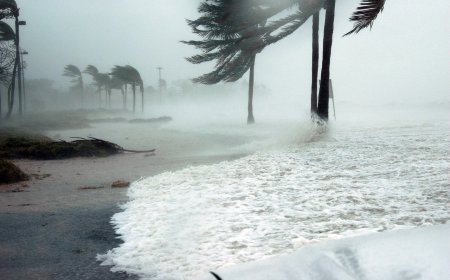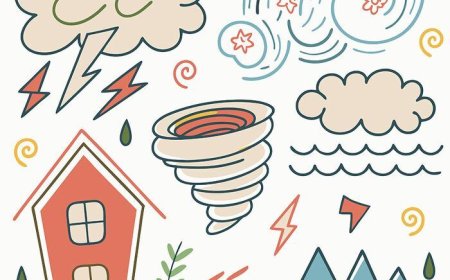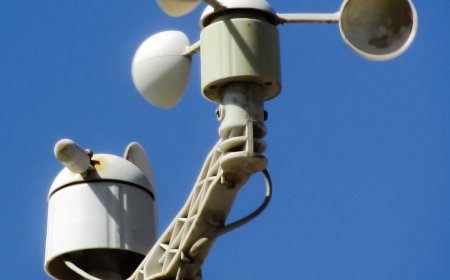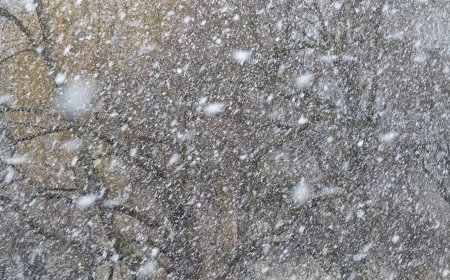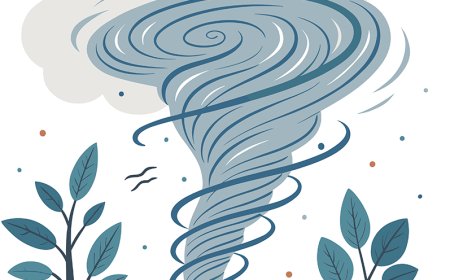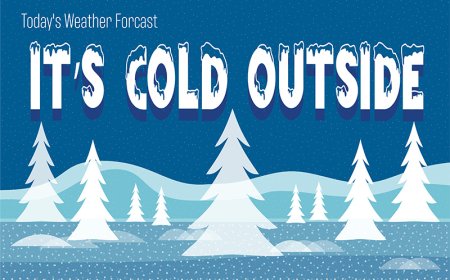Cloud Types for Kids – How Clouds Form and What They Reveal About Weather
Learn about cloud types for kids. Discover how clouds form, explore major cloud families like cirrus, cumulus, and stratus, and see what each cloud can tell us about upcoming weathe
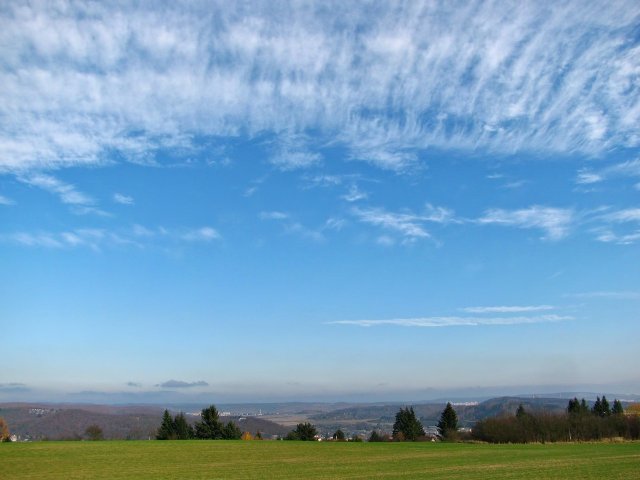
🧭 Introduction
Have you ever looked up at the sky and seen big, fluffy clouds or thin, wispy streaks? Clouds do more than decorate the sky—they’re an important part of the weather system. Clouds form when water vapor rises, cools, and condenses into tiny water droplets or ice crystals. Different kinds of clouds tell us what kind of weather is on the way. Some bring rain or snow, while others mean clear skies or changing conditions. Learning to recognize clouds can help us understand and even predict the weather!
🌫️ How Do Clouds Form?
Clouds form through a simple process that’s part of the water cycle. When the Sun heats up water from lakes, rivers, or oceans, it evaporates into the air as water vapor. As this warm air rises, it cools. When it cools enough, the water vapor condenses onto tiny particles like dust or smoke in the air, forming cloud droplets.
When millions of these tiny droplets group together, they become a visible cloud. If the droplets grow large enough, they may fall as precipitation—rain, snow, or hail.
To form clouds, we need three key ingredients:
- Water vapor
- Cooling air
- Particles to stick to (like dust or sea salt)
☁️ Main Types of Clouds
Meteorologists classify clouds into four major types based on their shape and height in the sky. Each type gives clues about the weather.
1. Cumulus Clouds
- Big, white, puffy clouds with flat bottoms
- Look like cotton balls
- Usually mean fair weather, but can grow into storm clouds
- Found at low to middle altitudes
2. Stratus Clouds
- Flat, gray clouds that cover the sky like a blanket
- Often bring drizzle, fog, or light rain
- Stay close to the ground and may look gloomy
- Found at low altitudes
3. Cirrus Clouds
- Thin, wispy clouds high in the sky
- Made of ice crystals
- Often seen on clear, sunny days
- Can be a sign that a weather change is coming
- Found at high altitudes
4. Nimbus Clouds (Specifically Nimbostratus or Cumulonimbus)
- These are rain clouds
- Nimbostratus: thick, dark clouds that bring steady rain or snow
- Cumulonimbus: towering storm clouds that bring thunderstorms, hail, or tornadoes
🌡️ Clouds and Weather
Clouds are one of the best tools for predicting the weather. By observing cloud types and how they move or grow, meteorologists can forecast:
- Rain or snow (from nimbus or thick stratus clouds)
- Storms or lightning (from tall cumulonimbus clouds)
- Fair skies (from small cumulus or cirrus clouds)
- Weather changes (from shifting cloud patterns or new types appearing)
Clouds also affect temperature. During the day, thick clouds block sunlight and keep it cooler. At night, clouds act like a blanket, trapping heat and keeping temperatures from dropping too much.
🌈 Special Cloud Types
Some clouds are less common but very interesting!
- Altocumulus – middle-altitude clouds in groups or lines; may look like fish scales ("mackerel sky")
- Lenticular clouds – lens-shaped clouds over mountains; often mistaken for UFOs
- Mammatus clouds – bulging clouds that hang underneath a larger cloud; sometimes appear after big storms
- Contrails – thin lines of clouds made by airplanes
These clouds form in special conditions and can tell us more about the air and atmosphere above us.
📚 Vocabulary Words
Word Definition
Condensation When water vapor turns into liquid or ice
Cloud A group of tiny water droplets or ice crystals floating in the air
Precipitation Water falling from clouds as rain, snow, sleet, or hail
Cumulus A fluffy, white cloud usually seen in fair weather
Nimbus A cloud that produces rain or snow
💡 Interesting Facts About Clouds
A single cloud can weigh over 1 million pounds!
Clouds move because of wind in the atmosphere.
Fog is really just a cloud at ground level.
Cumulonimbus clouds can grow taller than Mount Everest!
Cirrus clouds are made of ice because they form so high in the sky.
👧 Kid-Friendly Summary
Clouds form when water vapor in the air cools and turns into tiny drops or ice crystals. There are many kinds of clouds, like puffy cumulus, flat stratus, high cirrus, and rainy nimbus. By watching clouds, we can often tell if it’s going to rain, snow, or stay sunny. Clouds are beautiful, useful, and always changing.
✅ Interactive Quiz
Q1: What are clouds made of?
A. Wind
B. Fire
C. Tiny drops of water or ice
D. Smoke
Q2: What type of cloud looks like a cotton ball?
A. Stratus
B. Cirrus
C. Nimbus
D. Cumulus
Q3: What kind of cloud brings thunderstorms?
A. Cumulonimbus
B. Cirrus
C. Stratus
D. Altocumulus
Q4: Which clouds are high, thin, and made of ice crystals?
A. Nimbus
B. Stratus
C. Cirrus
D. Fog
Q5: What kind of weather might stratus clouds bring?
A. Sunshine
B. Hail
C. Drizzle or light rain
D. Lightning
Scoring:
5/5 = ☁️ Cloud Expert
3–4 = 🌤️ Sky Watcher
1–2 = 📘 Looking Up and Learning


















































